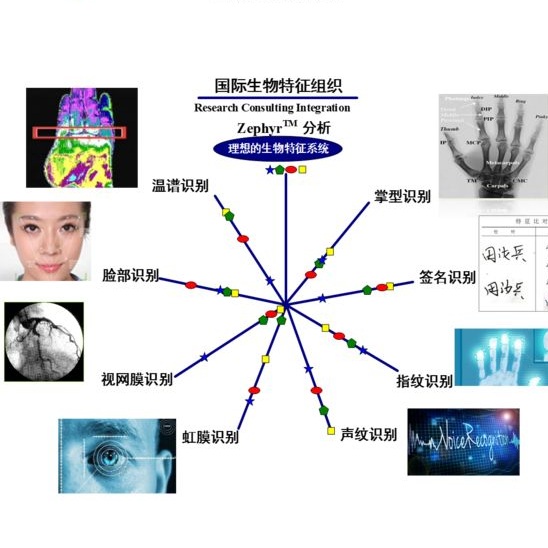Over the past two decades, biometric recognition has exploded into a plethora of different applications around the globe. This proliferation can be attributed to the high levels of authentication accuracy and user convenience that biometric recognition systems afford end-users. However, in-spite of the success of biometric recognition systems, there are a number of outstanding problems and concerns pertaining to the various sub-modules of biometric recognition systems that create an element of mistrust in their use - both by the scientific community and also the public at large. Some of these problems include: i) questions related to system recognition performance, ii) security (spoof attacks, adversarial attacks, template reconstruction attacks and demographic information leakage), iii) uncertainty over the bias and fairness of the systems to all users, iv) explainability of the seemingly black-box decisions made by most recognition systems, and v) concerns over data centralization and user privacy. In this paper, we provide an overview of each of the aforementioned open-ended challenges. We survey work that has been conducted to address each of these concerns and highlight the issues requiring further attention. Finally, we provide insights into how the biometric community can address core biometric recognition systems design issues to better instill trust, fairness, and security for all.
翻译:在过去20年中,生物鉴别承认已在全球各地大量不同的应用中爆发,这种扩散可归因于生物鉴别识别系统给最终用户带来的认证准确性和用户方便程度高,然而,尽管生物鉴别识别系统取得了成功,但生物鉴别识别系统的各种次级模块方面仍有一些悬而未决的问题和关切,这些模块在使用生物鉴别识别系统方面造成了科学界和广大公众的不信任,其中一些问题包括:(一) 与系统识别性能有关的问题,(二) 安全(攻击、对抗性攻击、重建模板袭击和人口信息泄漏),(三) 系统对所有用户的偏向和公平性的不确定性,(四) 解释大多数识别系统作出的看似黑箱的决定是否可行,(五) 对数据集中和用户隐私的关切。我们在本文件中概述了上述每一项开放性挑战。我们为处理其中每一项问题和突出需要进一步注意的问题而进行的调查工作。最后,我们深入了解生物鉴别社区如何解决核心的生物鉴别识别系统的设计问题,以便更加信任、公平和更加公正。




